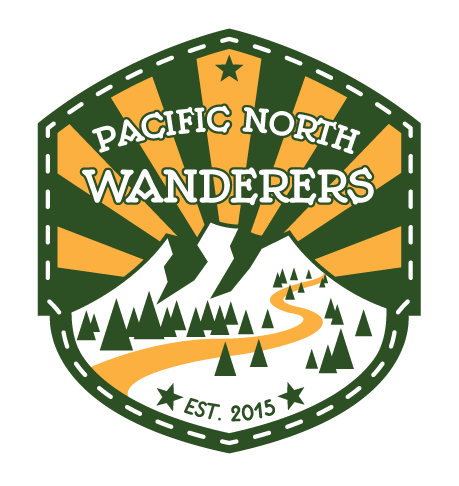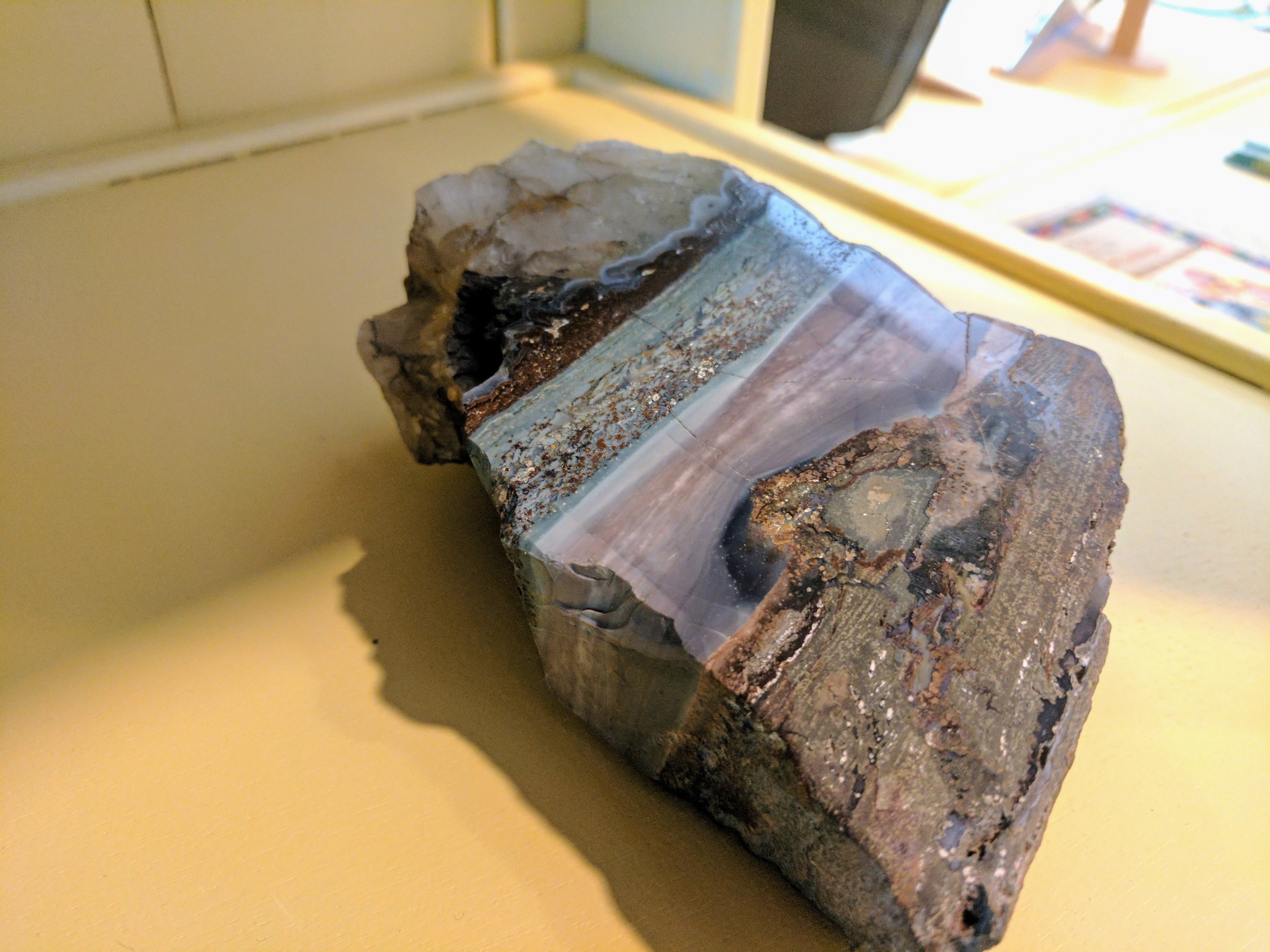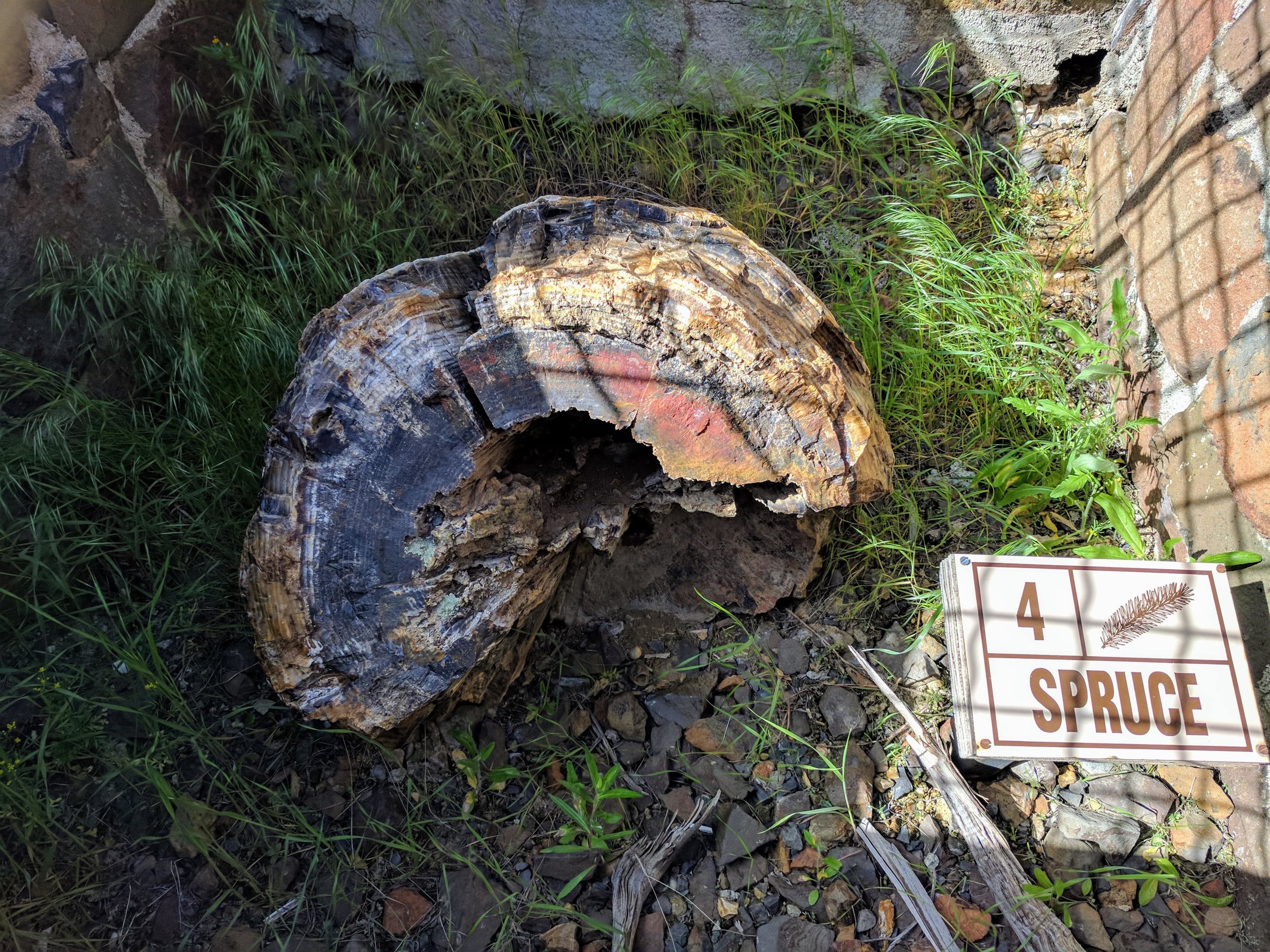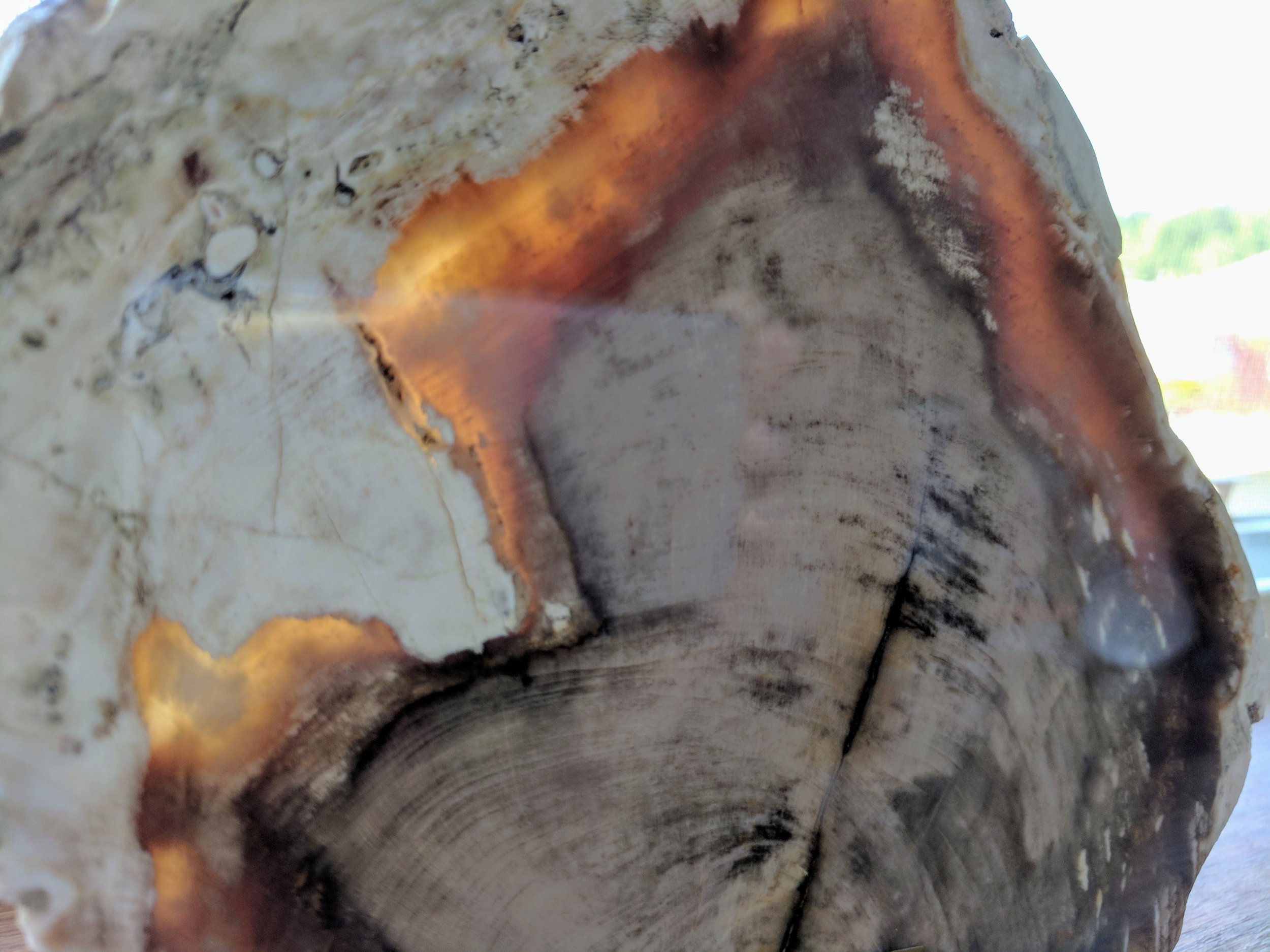A Trip Through History At Ginkgo Petrified Forest State Park
Washington's State Gem
The Ginkgo Petrified Forest is an intriguing, one of a kind forest. "Why", you ask? There is no visible forest as far as the eye can see. No trees are reaching to the blue sky. No shade is covering the sage-filled land. Moreover, the only natural water is the nearby mighty Columbia River. The forest is mostly beneath this desertscape, in petrified form. However, there are some million-year-old gems which have made their way to the surface. Petrified Ginkgo is just one of the many types of trees you will discover here. These, along with the ancient petroglyphs, make this a trip worth taking.
“There is nothing new in the world except the history you do not know.”
A Forest Discovered in the Deserts of Vantage, Washington
When highway workers in the area found petrified wood around 1927, a geologist and the Civilian Conservation Corps came in to investigate and excavate. What was found was many 15.5 million-year-old petrified trees. Between lava flows, the Ice Age floods, and many other contributing factors, these trees essentially turned to stone. For a quick understanding of how petrified wood is formed we recommend watching a short video by YouTube user hugefloods. He explains the process much better than we can.
A museum, trail system, interpretive center, and ranger residences were all constructed after the discovery, and the park opened to the public in 1938. Professor George Beck was the leading geologist and is credited with recognizing the site's significance and for discovering one of many petrified Ginkgo logs, for which the park is named.
Petrified wood is Washington's official state gem. The best place in the state to see it is at Gingko Petrified Forest State Park. Maple, douglas fir, and elm are among the many other varieties which can be found on display here.
Ginkgo Petrified Forest Museum, Petroglyphs, and the Trees of Stone Interpretive Trail
The Ginkgo Petrified Forest Museum was a nice respite from the strongly gusting winds. On display are numerous portions of petrified trees, fossils, imagery and history of the area. Nestled atop a hill overlooking the Columbia River, you will also enjoy great views.
Outside of the museum, a trail wraps around the side of the building, ending at ancient petroglyphs. Though not the original home of the glyphs, this is an apropos place to view these wonders. These rock drawings date back to prehistory, presumably created by the Wanapum tribe. Images of animals, people, symbols and what we guessed to be aliens (kidding, kind of) can be seen here.
A couple of miles west of the museum is the Trees of Stone Interpretive Trail. Approximately three miles of trails cover these rolling, windswept hills. Along the winding paths, there are 21 petrified specimens to observe. These trees or logs are protected with grates, making them difficult to inspect carefully.
The trails lead up and over the hilltops through sagebrush and wildflowers. The day we were there boasted blue skies with streaks of clouds and intense wind gusts. The air was pleasantly scented with the wind stirred sage, and on the lee side of hills, we could hear the chatter of birds in the underbrush. The taller grasses undulated as golden waves in the steady breeze.
The hilltops gave us panoramic views of adjacent crests and the slip of blue that is the Columbia River. The gently rounded hills of pale green, browns and yellow stood, beautifully contrasted against the nearly cloudless sky.
More To See Near Vantage, Washington
You cannot miss the Ginkgo Gem Shop with its large dinosaur models out front. The shop has an extensive collection of gifts, souvenirs, and petrified wood. Most of it is for sale, some for show only. Completely affordable to incredibly expensive trinkets and treasures fill these shelves. We purchased a piece of petrified cypress.
Hungry? We headed to nearby Blustery's, a burger place with a great menu and vegetarian options. We had two garden burgers, a side of tater tots, and a side of onion rings. No frills, just friendly staff and a nice bite to eat. Check the hours ahead of time; we were the last customers before they closed at 5 PM on a Sunday.
After that, we drove a couple of miles south on Vantage Highway (which becomes Huntzinger Road south of the Interstate) to the Wanapum Recreation Area, part of the State Parks system. This park is a beautiful area with bright green grass, large trees, camping sites, and a day use area with plenty of picnic tables. It all edges right up along the Columbia River/Wanapum Lake and has a roped off section for swimming. Visible just south of here is the Wanapum Dam.
One last stop we suggest is the Wildhorse Monument. Follow I-90 across the river and turn off at exit 139. Though we did not make a stop during this trip, we have been there twice in the past. If you look close enough from the Gingko museum, you can spot the ponies atop the ridge.
Final Thoughts
In western Washington, we are spoiled by the lush forests and ample rainfall. Eastern Washington is a whole change of scenery. The drier, windier hills and plains of the east are like something out of a painting. Large, rounded hills dotted with small shrubs and grasses. The valleys between hills with peek-a-boo views of a ribbon of blue water and blue skies for miles are the beauty of this canvas to our east.
Hey, we appreciate your readership! If you're in the market for new gear and would be willing to make your purchase through our Amazon link, we might get a small commission out of it. No additional cost to you and maybe a little something for us!
Thank you for your support!
Helpful Information
Coordinates: Trees of Stone 46°56'52.0"N 120°02'09.6"W - Museum 46°57'16.0"N 119°59'17.9"W
Hiking Trails: 3 miles
Difficulty: Easy
Pass Required: Discover Pass
Hours: Seasonal, check website
Follow along on our wanderings around the Pacific Northwest.
The only thing better would be being there yourself!
Subscribe to Our Newsletter













































